
Top 8 Data Engineering Tools All Enthusiasts Must Know
May 08, 2025 7 Min Read 4058 Views
(Last Updated)
We all know and can see how important data is in this day and age, it’s extremely essential to our daily functioning and evolution, hence it is everywhere. As the volume of data continues to increase exponentially, organizations need robust data architectures to handle and process this data effectively.
Thus arises the need for skilled data engineers who know what they’re doing and won’t waste time learning on the job. Most organizations are on the lookout for individuals who are skilled at using most tools at their disposal and making the most of their time and that is why they pay those sky-high salaries but we understand mastering these tools takes time.
So to make it simpler for you, in this article, we will explore the top 8 data engineering tools that are worth exploring in 2023 along with a breakdown of all their features as well as the pros and cons of each one for you. These tools are essential for building a strong data architecture that can support smooth business operations. Let’s get started!
Table of contents
- Apache Spark
- Apache Hive
- Apache Airflow
- Apache Kafka
- Snowflake Data Warehouse
- Tableau
- Power BI
- AWS Data Engineering Tools
- a) Amazon Redshift
- b) Amazon Athena
- Conclusion
- FAQs
- What are ETL tools in data engineering?
- Is Hadoop a data engineering tool?
- What are the technologies used in data engineering?
- Is Tableau useful for data engineers?
- What is the difference between ETL and Data Engineer?
1. Apache Spark

Apache Spark is an open-source data analytics engine that is very popular in the industry. It offers fast and efficient processing of large-scale data sets and has a customer base of over 52,000 organizations, including top companies like Apple, Microsoft, and IBM.
Spark is particularly effective for big data engineering as it can handle massive data sets efficiently and distribute processing tasks across multiple devices.
Top Features:
- Real-Time Stream Processing: This data engineering tool can handle and analyze data stored in Hadoop clusters and process data in real time using Spark Streaming.
- Quicker and More Efficient Processing: Spark apps can run up to 100 times faster in memory and ten times faster in Hadoop clusters. It uses Resilient Distributed Datasets (RDDs) to keep data in memory and read/write to disk only when necessary, reducing data processing time.
- Supports Graph Processing: Spark’s computational design is well-suited for iterative computations, making it an excellent data engineering tool for graph processing.
Now, let’s discuss some of its pros and cons so that you can learn more about this amazing data engineering tool:
| PROS | CONS |
| Graph Processing Support: Spark’s computational design makes graph processing super simple with its GraphX API. | Absence of File Management System: Spark does not have its own file management system, requiring integration with other cloud-based data platforms, which can be a hassle. |
| Highly Flexibility: Spark can run independently or on various platforms such as Hadoop YARN, Apache Mesos, Kubernetes, and the cloud. It can also access structured and unstructured data from multiple sources making it very flexible. | Expensive In-Memory Computing: Spark’s in-memory computing requires a significant amount of RAM, making it an expensive option. |
Learning to write Spark Applications using Spark 2.0 and building Apache Spark Data Engineering Projects will help you stand out from the hoard of competitors and build a stellar portfolio!
Before we move to the next part, you should have a deeper knowledge of data engineering concepts. You can consider enrolling yourself in GUVI’s Big Data and Data Analytics Course, which lets you gain practical experience by developing real-world projects and covers technologies including data cleaning, data visualization, Infrastructure as code, database, shell script, orchestration, cloud services, and many more.
Instead, if you would like to explore Python through a Self Paced course, try GUVI’s Python Self Paced course.
2. Apache Hive

Apache Hive is a Hadoop-based data warehouse and management tool that simplifies data processing and analytics extraction with the help of an SQL-like framework and user interface. It enables data engineers to perform data analysis and processing efficiently and in a simplified manner.
Top Features:
- Workload Management: Hive is a great data engineering tool that allows users to form resource pools and manage resources to meet demands and avoid resource conflicts.
- Good Security: It strictly controls file system and computer memory resources to ensure security and concurrency upgrades.
Let’s dive into Spark’s pros and cons:
| PROS | CONS |
| Integration with Apache Spark: Hive 3 can freely access data across Apache Spark and Apache Kafka applications using the Hive Warehouse Connector. | Limited Expression Ability: Hive Query Language (HQL) has limited expression abilities, making it challenging to express complex iterative algorithms. |
| Customized Dashboards using Superset: Superset allows users to connect to Hive, build visualizations, and develop customized dashboards. | No Support for OLTP: Hive is not suitable for online transaction processing and does not support real-time queries or row-level modifications. |
3. Apache Airflow

Apache Airflow is a very popular data engineering tool specializing in managing, scheduling, and building data pipelines. With over 8 million downloads per month and 26,000 GitHub stars, it is widely used in the data engineering community.
Airflow simplifies the orchestration of data pipelines and is an ideal tool for data engineering workflows.
Top Features:
- Managed Workflows: Airflow allows users to establish granular workflows and monitor their progress, making it easier to manage multiple jobs simultaneously.
- Extensible: This data engineering tool can be easily upgraded by utilizing plugins, adding custom operators, or expanding on top of the available operators.
To give you a clearer idea, let’s dive into this amazing data engineering tool’s pros and cons:
| PROS | CONS |
| Numerous Operators: Airflow offers a wide range of connectors to external systems, allowing users to connect with various databases, execution engines, and cloud providers without writing their own code. | Not Beginner-friendly: Beginners may need to spend time understanding Airflow’s internal dynamics and building custom modules to fully utilize its capabilities. |
| Community Support: The Apache Airflow community is vast, with around 500 active members contributing to the platform, providing support and solutions to data engineering challenges making it one of the most imprtant data engineering tools. | Lack of Data Pipeline Versioning: Removing an activity from the DAG code in Airflow results in loss of associated metadata, and there is no built-in data pipeline versioning, so do make sure to be well prepared. |
4. Apache Kafka

Apache Kafka is an open-source platform that helps data engineers build data pipelines using real-time streaming data. Kafka is widely used in the industry, with 907 contributors and 22,000 GitHub stars.
It not only facilitates data pipeline creation but also enables data synchronization, messaging, and real-time data streaming all in one place.
Top Features:
- Acts as an Intermediary: Kafka acts as a middleman, receiving data from source systems and making it available in real-time to destination systems.
- Fault-Tolerance: Kafka is a popular data engineering tool that offers fault-tolerance features that safeguard the cluster from node or machine failures.
Now, diving into Kafka’s pros and cons to better understand its popularity:
| PROS | CONS |
| Good Performance: Kafka can handle high volumes of high-velocity events with low latency, providing fast performance for publishing and subscribing to messages. | Inefficient New Broker Deployment: Deploying a new Kafka broker into production can negatively impact efficiency, resulting in latency and missing file issues. |
| Reliable: Kafka can manage numerous subscribers and perform data replication, making it one of the most reliable data engineering tools. | Complex Data Transformation Techniques: Developing robust data pipelines and maintaining relationships between data producers and consumers can be complex, even when using Kafka Stream API. |
5. Snowflake Data Warehouse
Snowflake is a cloud-based data analytics and storage service provider. It can help you migrate to a cloud-based solution quickly and offers a shared data architecture that is ideal for data science and data engineering.
Top Features:
- Scalable: Snowflake allows users to establish virtual warehouses and adjust the number of nodes in each cluster for greater efficiency and scalability.
- Semi-Structured Data: This data engineering tool can integrate structured and semi-structured data without the need for additional tools like Hadoop or Hive.
Let’s quickly go over its pros and cons listed below:
| PROS | CONS |
| Highly Secure: Snowflake offers data security features such as IP allow and block lists, multi-factor authentication, and automatic encryption. It is also compatible with various data security regulations. | Zero Data Restrictions: While the absence of data constraints in Snowflake allows flexibility, excessive data consumption can result in significant expenses. |
| Automatic Query Optimization: Snowflake features built-in automated query optimization, reducing the need for manual query tuning. | Doesn’t have an Integrated System: Snowflake’s integration with public cloud services like Amazon, Google, and Microsoft can lack some features compared to more closely integrated systems. |
6. Tableau

Tableau is one of the oldest and most popular data engineering tools in the big data industry. It gathers data from multiple sources using a drag-and-drop interface and allows data engineers to build interactive dashboards for visualization.
Tableau supports various business activities such as creating live dashboards and generating data reports.
Top Features:
- Capable of Handling Large Datasets: Tableau can work with large datasets without impacting the speed and performance of dashboards.
- Supports Multiple Languages: Tableau supports scripting languages like Python and R to address performance or computation issues.
The pros and cons listed below will help you better understand this amazing data engineering tool:
| PROS | CONS |
| Efficient: Tableau takes very little time to generate visually appealing dashboards, making it an excellent tool for data visualization. | No Automatic Scheduling: Tableau does not offer automatic data updating via scheduling, requiring manual updates. |
| Enhanced User Experience: Tableau offers various visualization techniques and is easy to understand, making it accessible to users without coding experience. | A little hard on the wallet: Tableau’s pricing can be a significant disadvantage, as it can be expensive to expand across businesses. |
7. Power BI

Microsoft Power BI is one of the leading business intelligence and data visualization tools, with around 36% market share since 2021.
Data engineers mostly make use of Power BI to generate dynamic visualizations by processing data sets into live dashboards and analysis insights, and these dashboards help better look at how for example, a specific product or strategy has been performing driving lucrative business decisions.
Top Features:
- Affordable: Power BI offers a free, basic desktop version that allows users to create reports and dashboards without incurring additional costs.
- User-Friendly: Power BI is easy to use, even for users with limited experience in business intelligence software.
Let’s discuss some of it’s noteworthy pros and cons:
| PROS | CONS |
| Connectivity with Multiple Data Sources: Power BI can read data from various sources, including Microsoft Excel, text files like XML and JSON, and BI tools like Google Analytics, Facebook, and Salesforce. | Limited Customization Choices: Power BI’s visuals have limited customization options, especially in terms of code-based custom graphics. |
| Flexible: Power BI is a web-based solution accessible through browsers and can be used offline on desktop or mobile devices. | Restricted Data Handling: The accessible version of Power BI can analyze only up to 2GB of data. |
8. AWS Data Engineering Tools
Amazon Web Services (AWS) offers a range of data engineering tools that are popular among data engineers. Let’s explore two of them: Amazon Redshift and Amazon Athena.
a) Amazon Redshift
Amazon Redshift is a cloud-based data warehousing and data management solution. It is known for its ability to handle large volumes of data and optimize query execution.
Redshift is ideal for processing vast volumes of data and is widely used with modern business intelligence solutions.
Top Features:
- Massively Parallel Processing (MPP): Redshift uses distributed processing across multiple nodes to handle large data workloads efficiently.
- Databases with Columns: Redshift uses column-oriented databases, which provide faster access when retrieving massive volumes of data.
The pros and cons listed below shed a deeper light on the usability of this data engineering tool:
| PROS | CONS |
| Easy to Deploy: Redshift is one of the simplest data warehousing technologies available, automating administrative tasks like replication and backups. | Only Supports Parallel Upload for Specific Data: Parallel loading in Redshift works with DynamoDB, SE, and Amazon EMR, but not with other data sources. |
| Integration with Third-Party Tools: Redshift integrates with various third-party services, enhancing the outcomes and allowing users to analyze and visualize data effectively. | No Unique Indexing: Amazon Redshift does not support unique indexes for data integrity maintenance. |
b) Amazon Athena
AWS Athena is an interactive query service that allows data analysis in Amazon Simple Storage Service (S3) using SQL. Athena is serverless, requiring no infrastructure setup or maintenance.
It is particularly useful for performing data analysis on complex queries and big data sets.
Top Features:
- Enhanced Security: Athena ensures data security through AWS Identity and Access Management (IAM) regulations and access control lists.
- High-Level Flexibility: Athena’s architecture allows it to work with various technologies and tools, including open-source data formats and query engines.
Let’s take a look at its pros and cons:
| PROS | CONS |
| Cost-Effective: With Athena, users only pay for the queries they run, making it a cost-effective choice for businesses. | No Data Optimization: Athena does not provide data optimization capabilities, only query optimization. |
| Easily Accessible: Athena uses standard SQL for queries, making it widely accessible to data engineers, developers, and business analysts. | Shared Resources Among Users: Athena users worldwide share the same resources, leading to potential resource overload and inconsistent query performance. |
Kickstart your career by enrolling in GUVI’s Big Data and Data Analytics Course where you will master technologies like data cleaning, data visualization, Infrastructure as code, database, shell script, orchestration, and cloud services, and build interesting real-life cloud computing projects. Alternatively, if you want to explore Python through a Self-Paced course, try GUVI’s Python Self-Paced course.
Conclusion
In this article, we were pretty overambitious and have discussed at length 8 data engineering tools that are worth exploring in 2023. These tools are not only essential for building a robust data architecture but are a must-know for all data engineering enthusiasts.
By leveraging these tools, data engineers can handle and process large volumes of data efficiently, enabling organizations to make data-driven decisions and gain valuable insights.
Now that you know them and all of their top features as well as the pros and cons that each tool possesses, you must go ahead and explore these tools to build a solid foundation for your data architecture. Good luck!
FAQs
ETL (Extract, Transform, Load) is a set of data engineering tools that facilitate the process of collecting data from various sources, transforming it into a consistent format, and loading it into a data warehouse or database for analysis. Popular ETL tools include Apache NiFi, Talend, and Apache Spark, simplifying data integration and preparation tasks.
Well in most parts necessary yes, Hadoop is indeed a data engineering tool. It’s an open-source framework that facilitates the storage and processing of large datasets across distributed clusters of computers. Data engineers make use of Hadoop to manage, transform, and analyze big data, making it a must-know tool in the data engineering toolkit.
Data engineering relies on various technologies to collect, process, and manage data efficiently. The most used tools include Apache Hadoop for distributed storage and processing, Apache Spark for data processing, databases like MySQL and NoSQL options (e.g., MongoDB), ETL (Extract, Transform, Load) tools such as Apache Nifi, and cloud services like AWS, Azure, or Google Cloud for scalable storage and computation. We discuss some of these in the article above, do give it a read.
Well Yes, Tableau is useful for data engineers as we’ve discussed at length in the article above. While it’s primarily known as a data visualization tool, it also offers data preparation capabilities. Data engineers can utilize Tableau Prep to clean, shape, and transform data before loading it into databases or data warehouses. This simplifies streamlining the data engineering process, making it a valuable tool in a data engineer’s toolkit.
ETL (Extract, Transform, Load) is a process within data engineering. It focuses on moving and reshaping data from various sources to a target database. Data engineers, on the other hand, encompass a broader role. They design, build, and maintain data architectures, ensuring data availability, reliability, and scalability. ETL is just one aspect of their responsibilities, it’s a subset whilst data engineering is the superset.















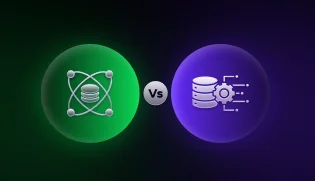
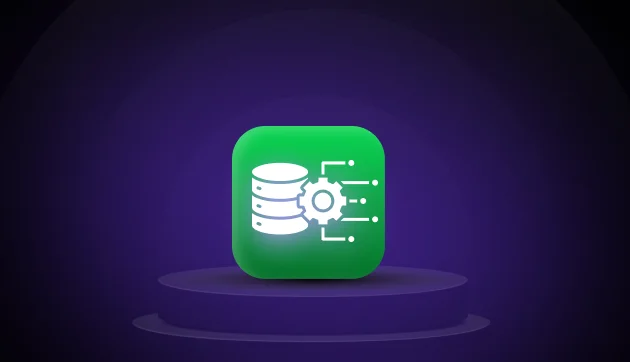
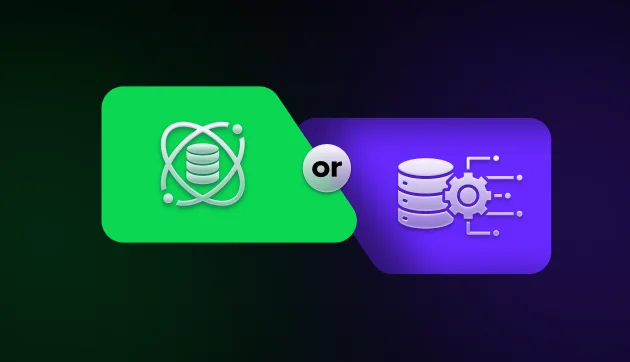
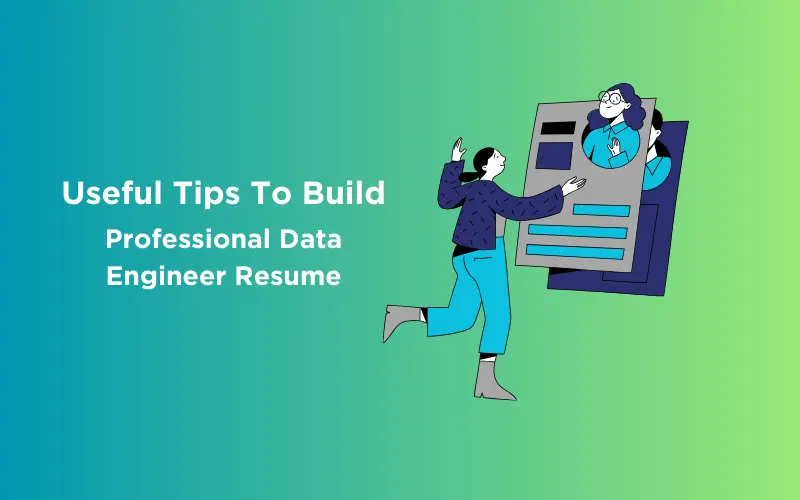

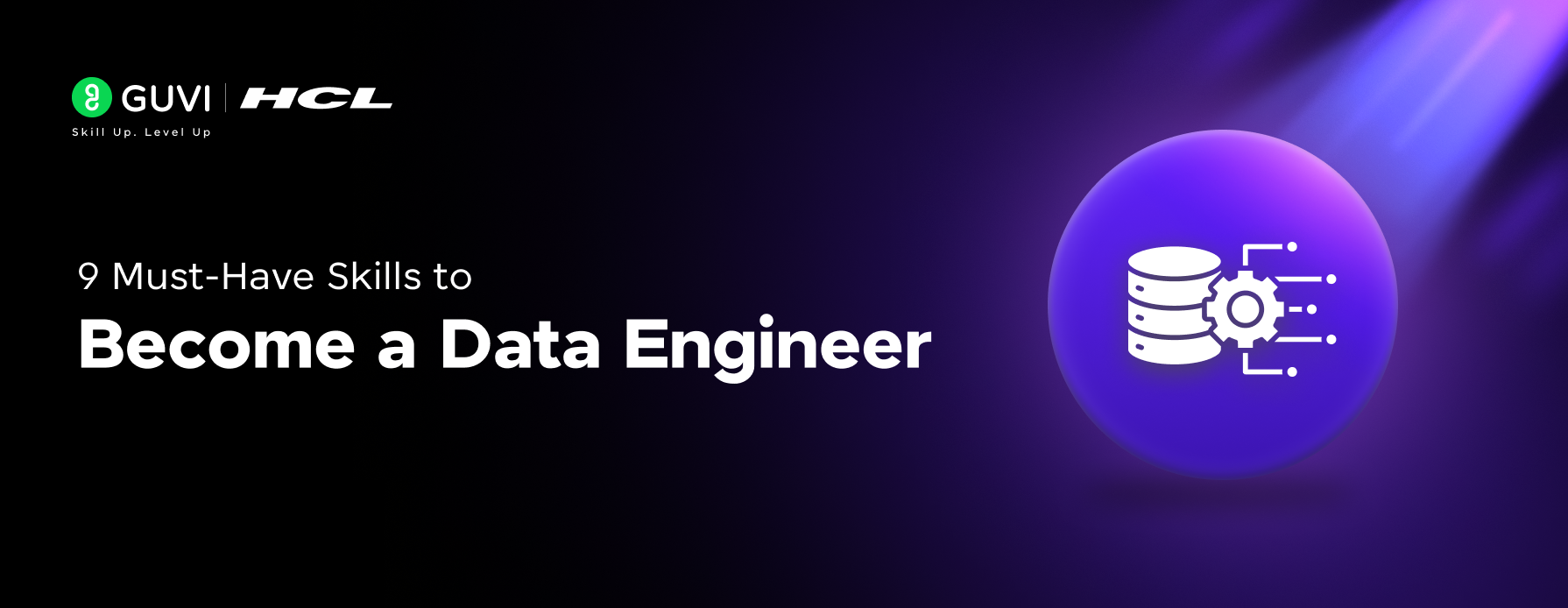

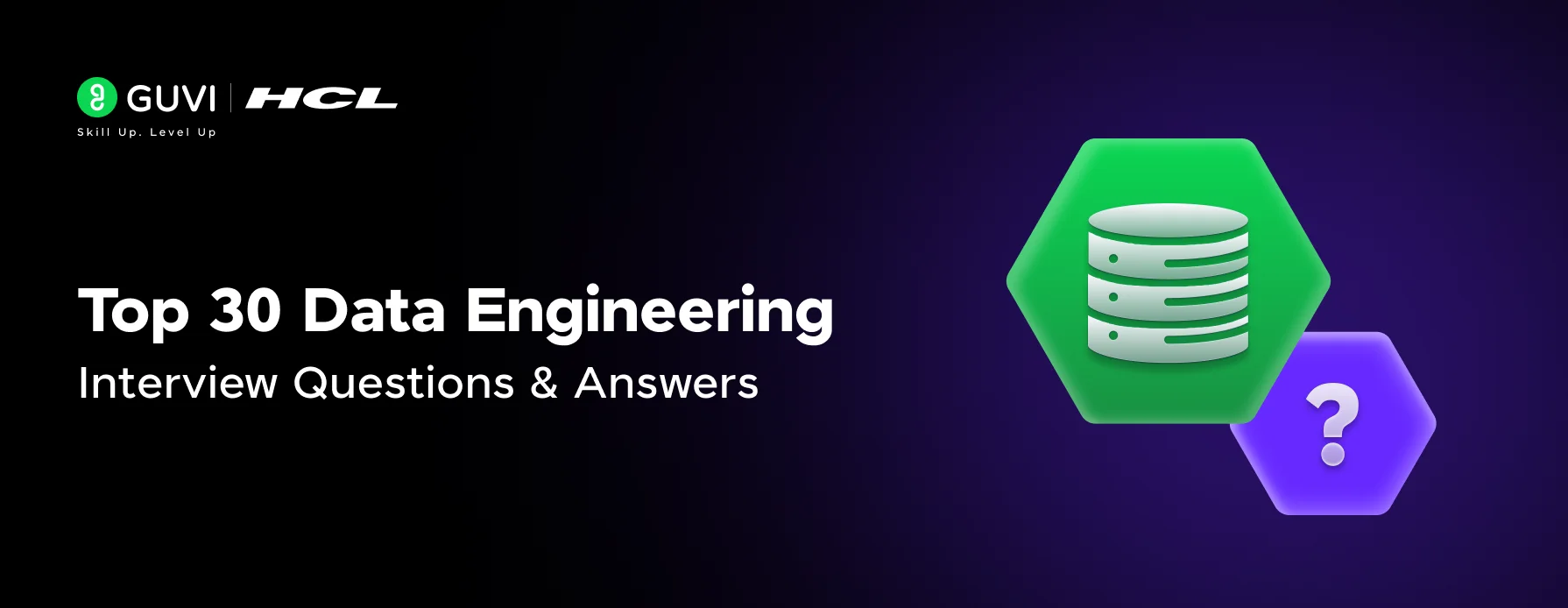

Did you enjoy this article?